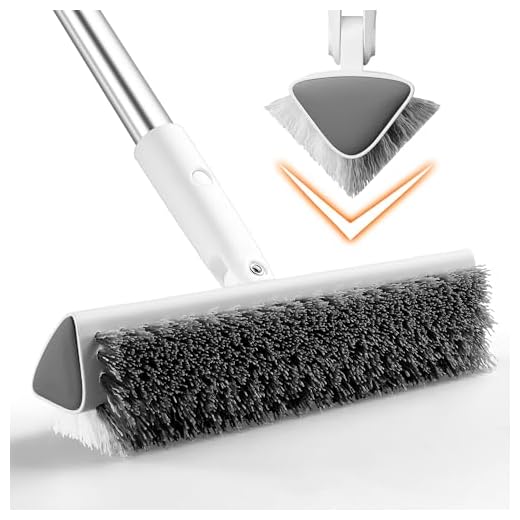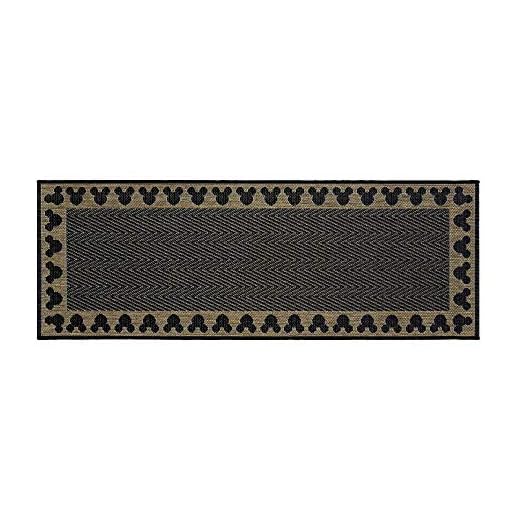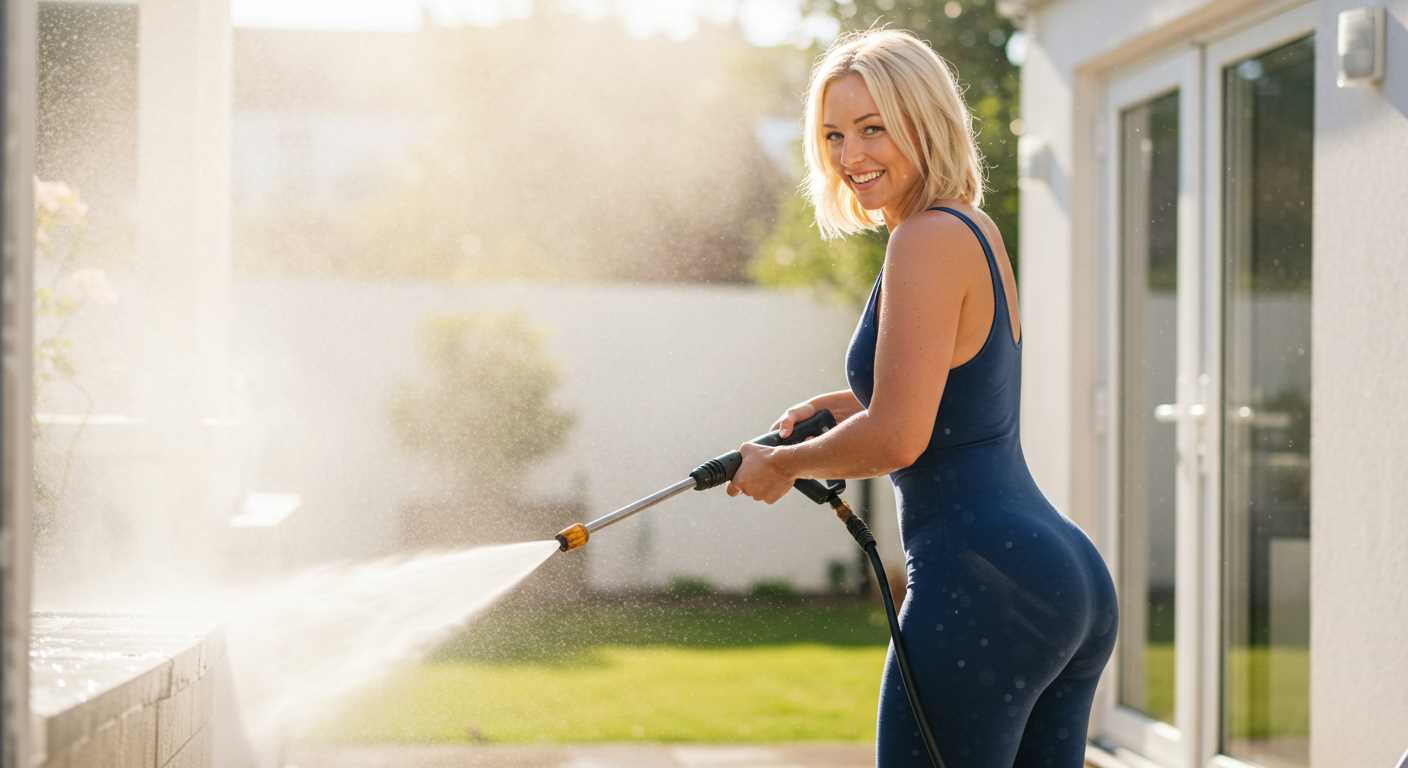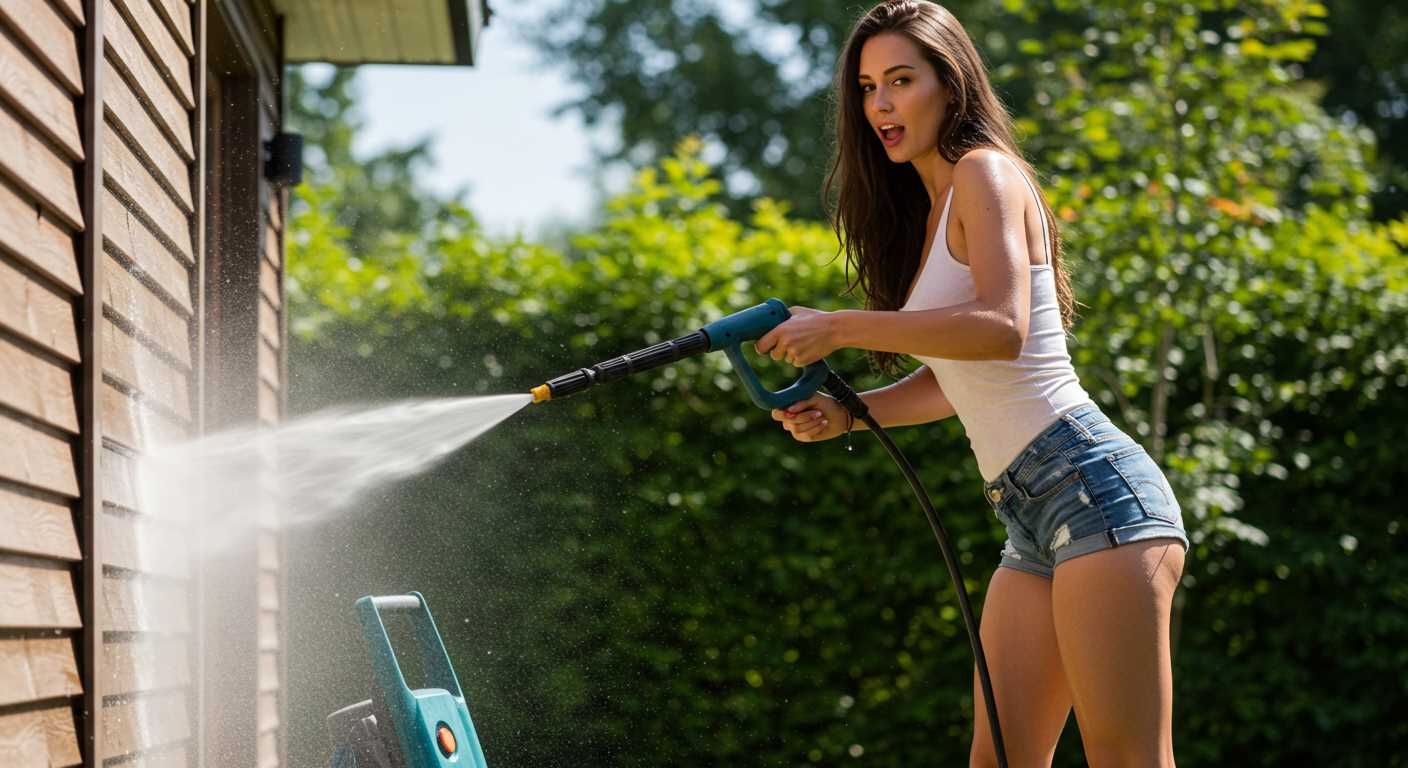



Regular maintenance is the key to preserving an outdoor surface. A mixture of warm water and mild detergent can effectively tackle dirt and stains. Use a stiff-bristle brush for scrubbing, ensuring the solution penetrates the grime. Rinse thoroughly with a garden hose, applying adequate water pressure to remove any remnants.
For tougher stains, such as oil or rust, consider using a paste made from baking soda and water. Apply it directly to the affected areas and let it sit for around 30 minutes before scrubbing. The gentle abrasiveness of baking soda can lift stubborn marks without damaging the surface.
After cleaning, sealing can provide extra protection against future stains. There are various sealants available that not only enhance appearance but also guard against moisture and contaminants. Always make sure the surface is completely dry before applying any protective coating.
Lastly, regular maintenance – sweeping away debris and occasional washing – will keep your area looking fresh year-round. Investing time in upkeep will yield a durable and appealing outdoor setting.
Best Method for Revitalising Outdoor Surfaces
For those looking to rejuvenate their outdoor surfaces, I recommend using a mixture of vinegar and baking soda. This combination is environmentally friendly and effectively removes stains and mildew. Begin by sprinkling baking soda generously across the area, then spray vinegar over it. Allow the mixture to fizz and sit for approximately 15-20 minutes before scrubbing with a stiff brush. Rinse thoroughly with a hose to complete the process.
Alternative Solutions
If the vinegar and baking soda method doesn’t meet your needs, a solution of warm soapy water can also be effective. Mix a few drops of dish soap into a bucket of warm water. Use a stiff-bristled broom to scrub the surface, ensuring you cover all areas evenly. Rinse well with a hose to remove any soap residue.
Commercial Options
Numerous commercial cleaners are specifically designed for outdoor surfaces, available at local home improvement stores. Always follow the manufacturer’s instructions for use, including dilution recommendations and dwell time for optimal results. Make sure to spot test any chemical in an inconspicuous area to avoid potential damage.
| Method | Materials Needed | Time Required |
|---|---|---|
| Vinegar & Baking Soda | Baking soda, vinegar, stiff brush | 30 minutes |
| Soapy Water | Dish soap, warm water, stiff bristle broom | 30 minutes |
| Commercial Cleaners | Store-bought cleaner, water | Varies by product |
Choosing the Right Cleaning Solution for Concrete
Opt for a simple mixture of warm water and mild dish soap, which works effectively for most stains. This combination is non-toxic and safe for various surfaces. For tougher grime, a solution of vinegar and water (1:1 ratio) can help to dissolve dirt and grease without damaging the surface.
If organic stains, such as leaves or moss, are a concern, consider using a solution that includes baking soda. Combine baking soda with water to form a paste, applying it directly to the affected area. Leave it for 15-20 minutes before scrubbing it away for optimal results.
Specialized Cleaners
For specific stubborn stains, look for commercial products designed for various surfaces. Oxygen bleach is a great option, as it’s strong yet safe for the environment. Follow the manufacturer’s guidelines for dilution and application. Always perform a patch test in an inconspicuous area first to avoid any adverse reactions.
Homemade Alternatives
Combine hydrogen peroxide with baking soda for a powerful stain remover. This mixture effectively targets deep-set marks. Apply it to the stains and cover it with plastic wrap, allowing it to sit for several hours before rinsing thoroughly.
Preparing the Patio for Cleaning
Clear the area by removing furniture, plants, and decorative items. This allows unimpeded access to the surface, facilitating a thorough job. If you have potted plants or items that can’t be moved, consider protecting them with plastic sheeting.
Initial Sweep
Begin by sweeping the surface meticulously. A sturdy broom will help eliminate loose debris, leaves, and dust buildup. This step is crucial as it prevents larger particles from scratching the surface during subsequent processes.
Address Stains and Build-Up

- Inspect for oil or grease stains. Apply an absorbent material, such as cat litter or baking soda, to soak up the residue. Let it sit for several hours before sweeping it away.
- If there are moss or mould patches, employ a stiff-bristled broom to dislodge them. A mixture of vinegar and water can aid in removing persistent growth.
- Check for any cracks or damage. Assessing these areas is essential before starting any liquid application; this can influence your cleaning method choice.
After these initial preparations are complete, you’re set to move on to selecting and applying the appropriate solvents for a thorough refresh. This groundwork ensures the best results whilst safeguarding the surface’s integrity.
Using a Broom and Brush for Scrubbing
To tackle the grime on your outdoor surface effectively, I suggest utilising a sturdy broom followed by a robust scrubbing brush. Begin with the broom to remove loose debris such as leaves, dirt, and dust. Sweeping not only prepares the area for deeper cleaning but also allows you to assess the extent of staining and build-up present.
Once the area is free of loose particles, grab a scrubbing brush. Opt for a stiff-bristled brush that can withstand some pressure while providing adequate scrubbing power. Choose a brush with a removable head for easier cleaning and replacement. This tool is critical for dislodging stubborn stains and ingrained dirt.
Use a back-and-forth motion with the brush, focusing on one small section at a time. For enhanced results, pair your scrubbing efforts with a cleaning solution suitable for your surface type. Apply the cleaner directly to the area, allowing it to penetrate for a few minutes before scrubbing. This combination maximises the efficiency of your efforts.
After scrubbing, be sure to rinse the area thoroughly with clean water to remove any residue from the soap or cleaning solution. A consistent routine of sweeping and scrubbing can prevent the accumulation of dirt and stains, keeping your previous investments in outdoor space looking pristine. Clean tools after use to maintain their effectiveness for future sessions.
Incorporating Household Items for Stain Removal

For tackling unsightly marks, consider using everyday products readily available at home.
- Baking Soda: Mix it with water to form a paste. Apply it directly on the stain, scrub gently with a brush, and rinse off with plain water.
- White Vinegar: Pour undiluted vinegar over the stained area. Let it sit for about 30 minutes before scrubbing. The acidity will help lift stubborn spots.
- Dish Soap: Combine a few drops of dish soap with warm water in a bucket. Use this solution to scrub the surface, removing grease and grime effectively.
- Hydrogen Peroxide: This can be excellent for organic stains. Apply it directly to the stain, let it bubble for a few minutes, then wash off.
- Lemon Juice: This natural cleanser can break down stains. Apply it to the affected area, let it sit for 10-15 minutes, and then scrub.
Using these household items not only cuts down on costs but also reduces the need for harsh chemicals, making your space safer and more eco-friendly.
Drying and Maintaining the Concrete Surface
After washing the surface thoroughly, allow it to air dry completely. This avoids moisture-trapping, which can lead to mildew or moss growth. Aim for a warm, sunny day for quicker evaporation.
For optimal upkeep, consider applying a sealant once the surface is dry. This provides a protective layer, repelling water and stains while enhancing durability. Choose a product specifically designed for outdoor surfaces to ensure compatibility.
Regular sweeping removes debris, preventing dirt buildup and staining. A monthly inspection for cracks or surface wear can help address issues early. Use a mixture of vinegar and water to tackle stubborn spots, applying it with a soft cloth and rinsing after a few minutes.
If the area endures heavy foot traffic, consider placing mats or outdoor rugs to reduce wear and tear. Be cautious with snow or ice; excess salt can damage the finish. Opt for sand or cat litter for traction.
By following these steps, I maintain a clean and durable outdoor surface, ready for entertaining or relaxation at any time.
Preventing Future Stains and Dirt Build-Up
To safeguard surfaces against future blemishes and grime accumulation, regular maintenance is key. Apply a sealant specifically designed for outdoor surfaces; this creates a protective barrier that repels moisture and stains. Aim for reapplication every couple of years, as wear and tear diminishes its efficacy over time.
Incorporate a routine sweeping schedule to eliminate debris and leaves that can trap moisture. Use a quality broom to dislodge dirt and keep the area pristine. If leaves or organic matter are left to decompose, they can lead to unpleasant staining and encourage unwanted growth.
Utilise Mats and Rugs
Positioning mats in high-traffic zones can help collect dirt and debris before it reaches the surface. Choose materials that are easy to clean and weather-resistant to ensure longevity. Regularly shaking out or washing these mats will keep them effective at preventing grime transfer.
Water Management

Consider drainage solutions if water tends to pool. Poor drainage can lead to long-lasting stains and create suitable conditions for mold and mildew. Installing proper drainage systems or using absorbent materials can significantly reduce the risk of build-up. Always redirect water flow away from surfaces to maintain their appearance.
FAQ:
What are some effective methods for cleaning a concrete patio without a pressure washer?
There are several methods you can use to clean a concrete patio without resorting to a pressure washer. One common approach is using a solution of warm water mixed with a mild detergent or vinegar. Apply the mixture to the patio surface, scrub with a stiff-bristle brush, and rinse off with a hose. For tougher stains, consider using baking soda mixed with water to create a paste, applying it to the stains, letting it sit for a while, and then scrubbing it off. Another option is to use a commercial concrete cleaner, following the manufacturer’s guidelines for the safest and most effective use.
Can I use bleach to clean my concrete patio?
Using bleach can be effective in removing mould, mildew, and certain stains from a concrete patio. However, caution is needed because bleach can damage nearby plants and vegetation, as its harsh chemicals might leach into the soil. If you decide to use bleach, always dilute it with water according to recommended ratios, apply it carefully, and rinse thoroughly. Ensure surrounding areas are protected to prevent any adverse effects on your garden or landscape.
How often should I clean my concrete patio?
The frequency of cleaning your concrete patio may depend on how often you use it and the surrounding environment. Typically, a good practice is to give it a thorough clean at least once or twice a year, especially before the onset of heavy usage in warmer months. Regularly sweeping and washing off dirt can help maintain its appearance. If you notice stains or growth of mould or moss, it might require immediate attention regardless of the schedule.
Are there any natural cleaners I can use on my concrete patio?
Yes, there are several natural cleaners that can be effective for cleaning a concrete patio. One popular option is using white vinegar diluted with water, which can help lift dirt and grime. Baking soda can also be mixed with water to form a paste, which works well on stubborn stains. A mixture of lemon juice and water acts as a mild abrasive and can enhance shine while cleaning. Always rinse thoroughly after using these natural solutions to avoid any residue.









